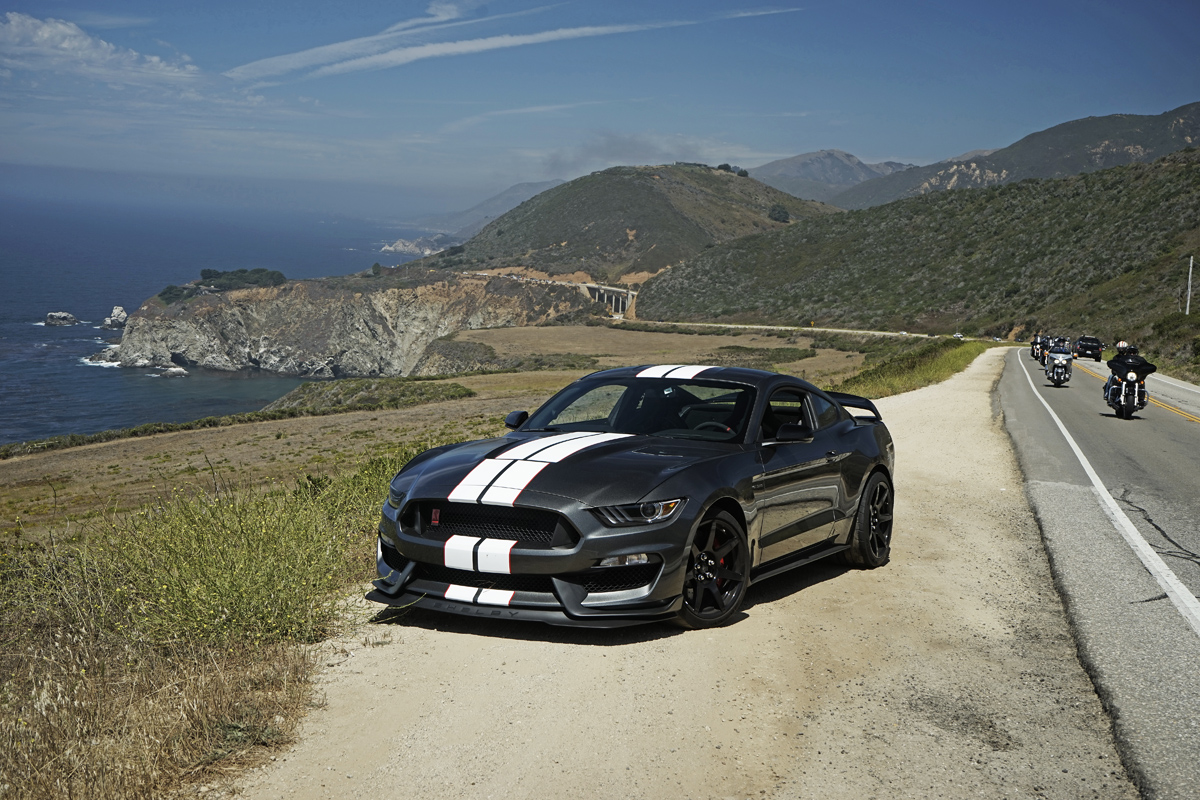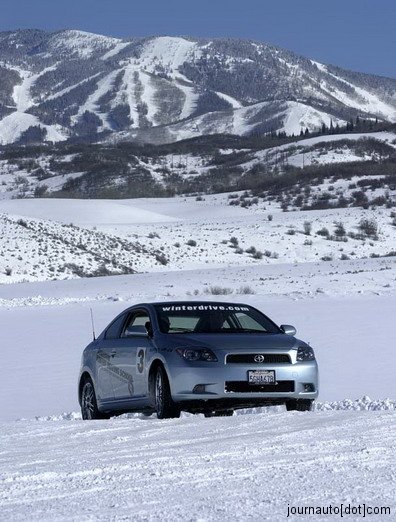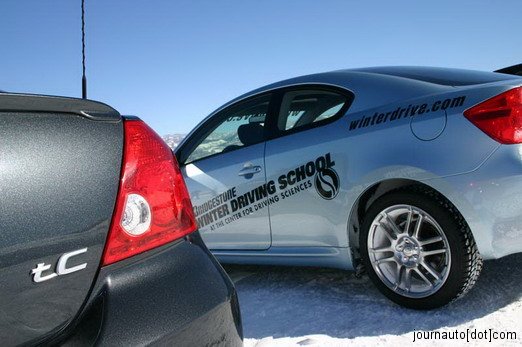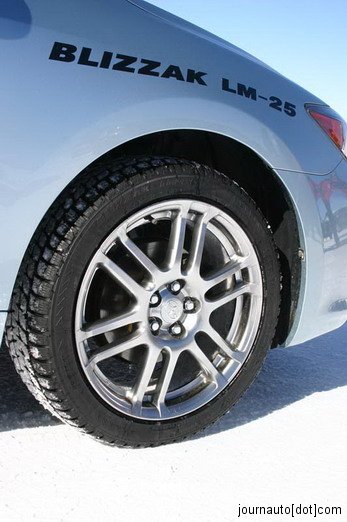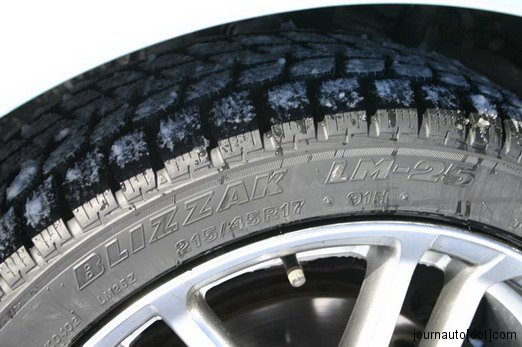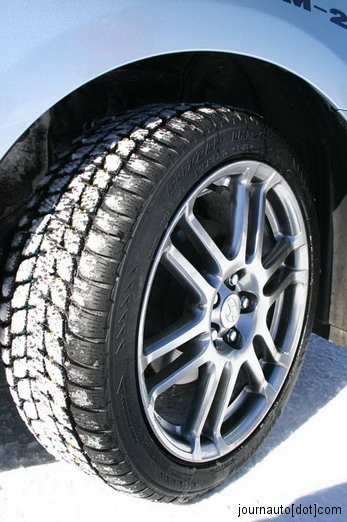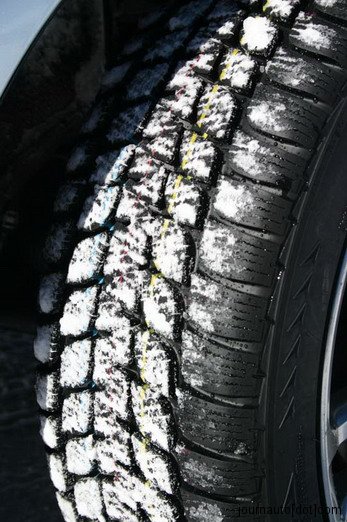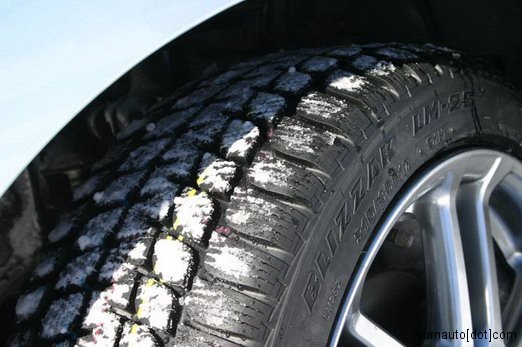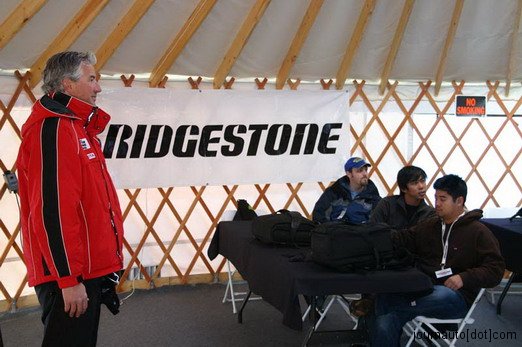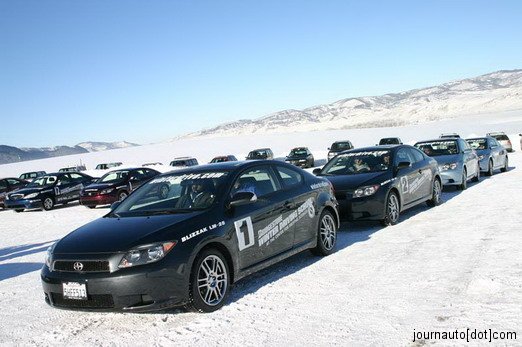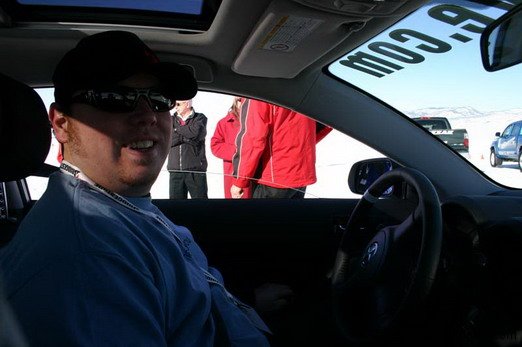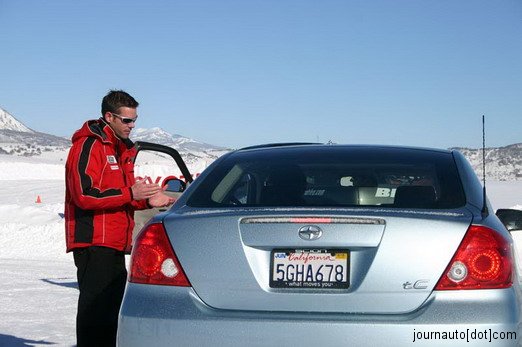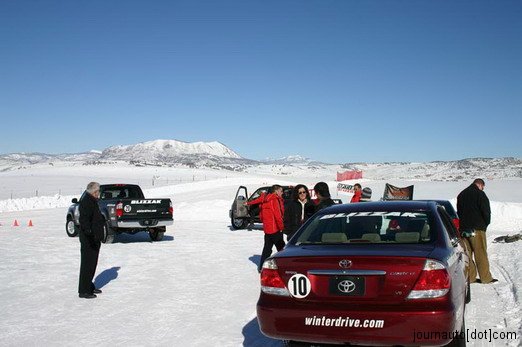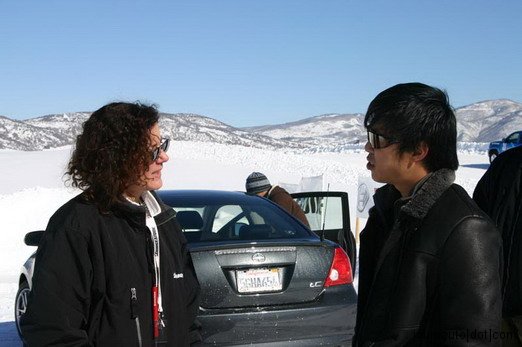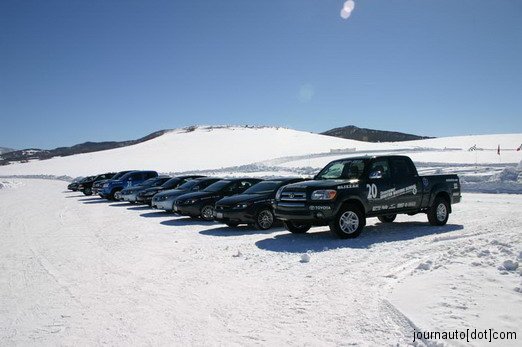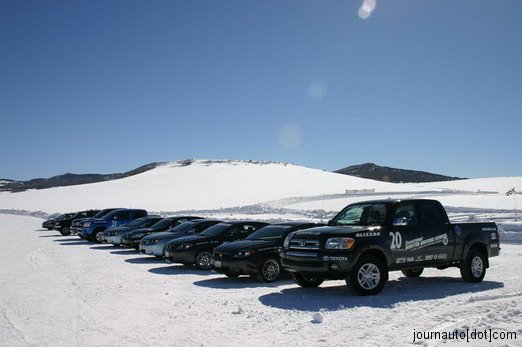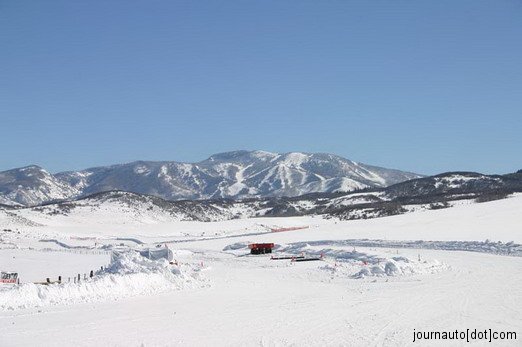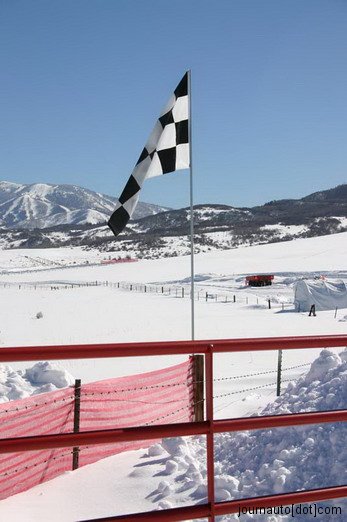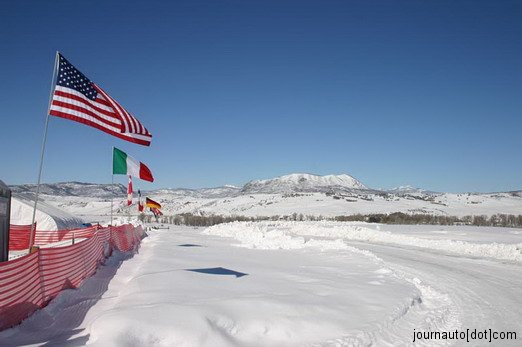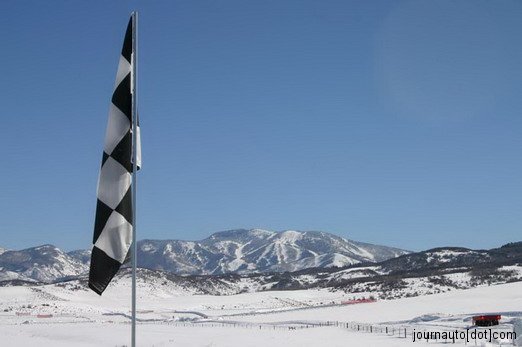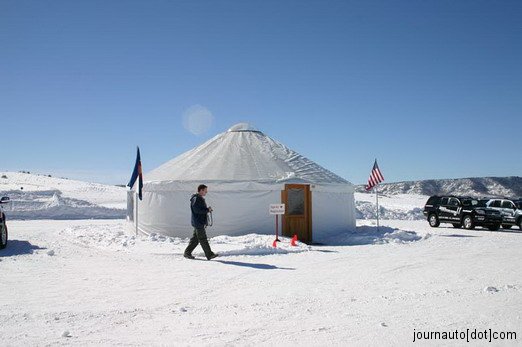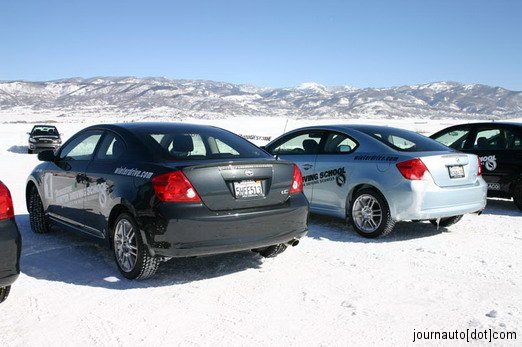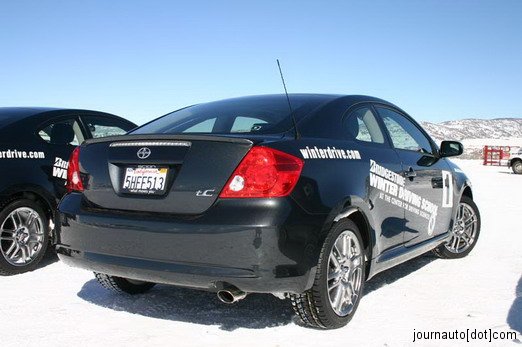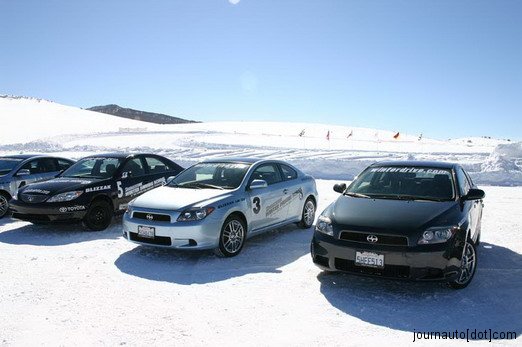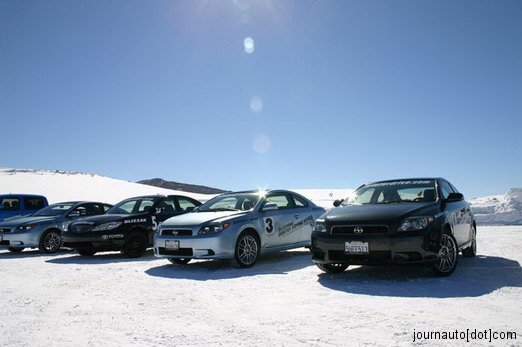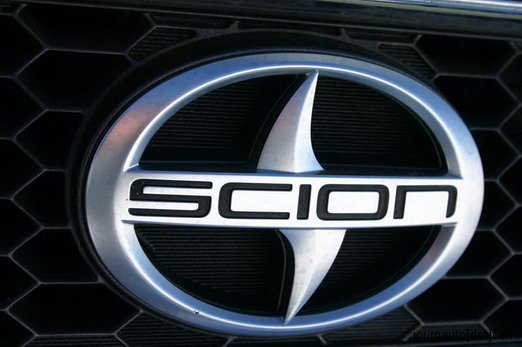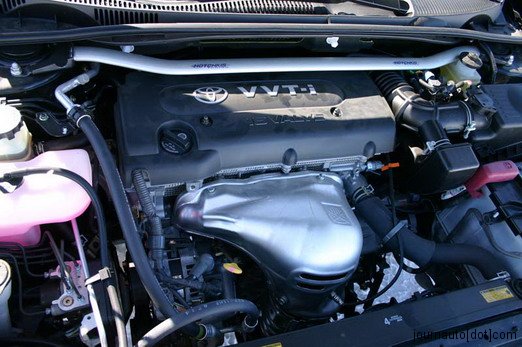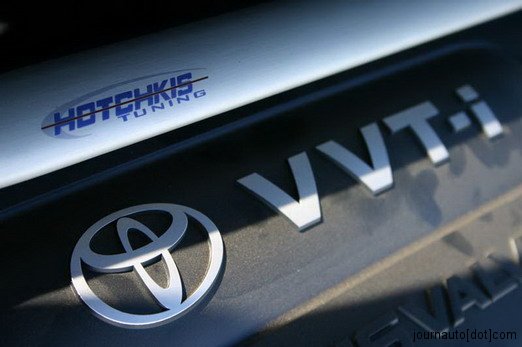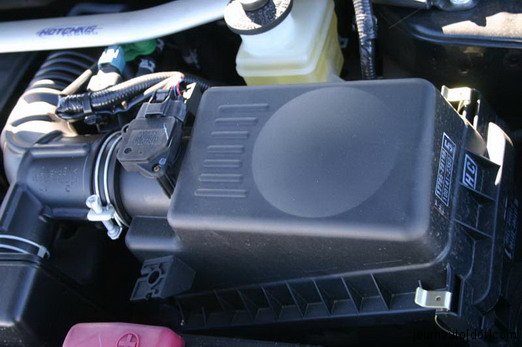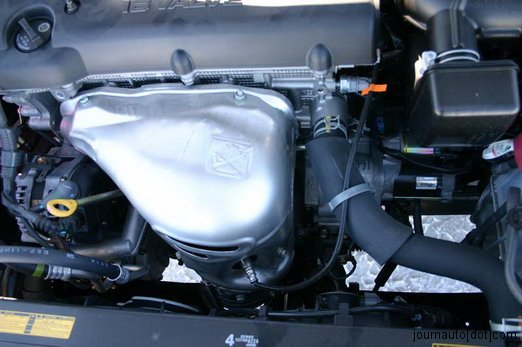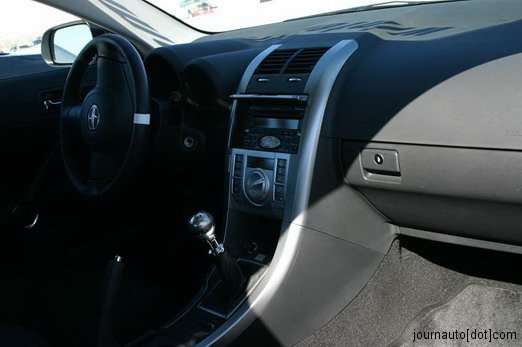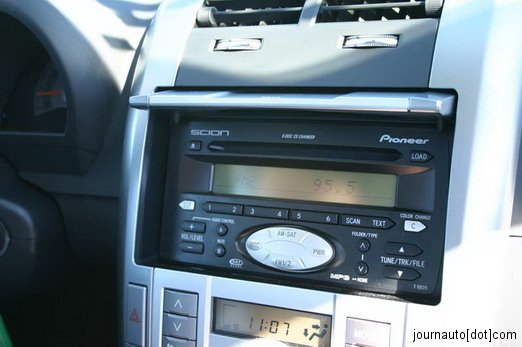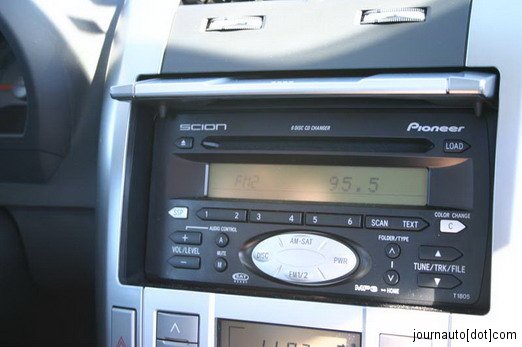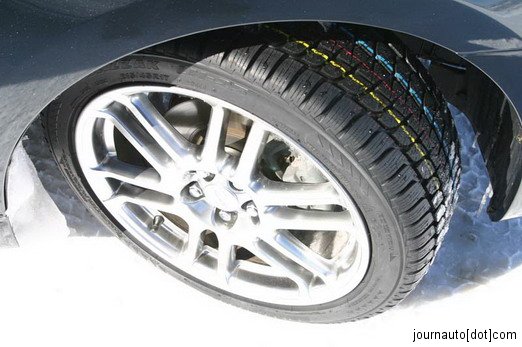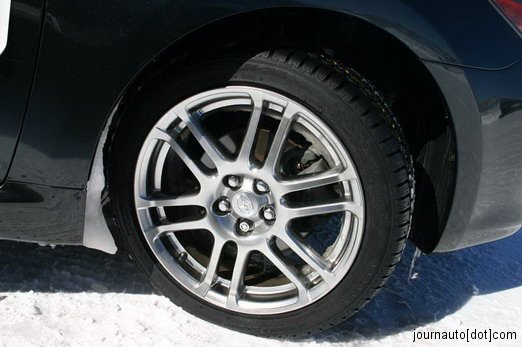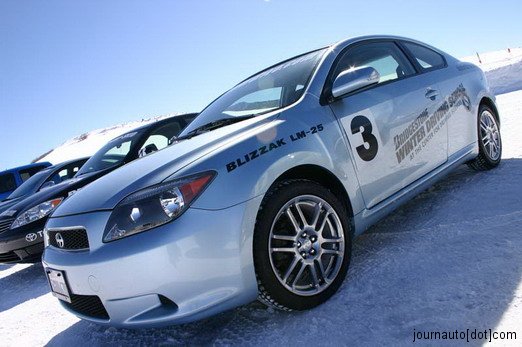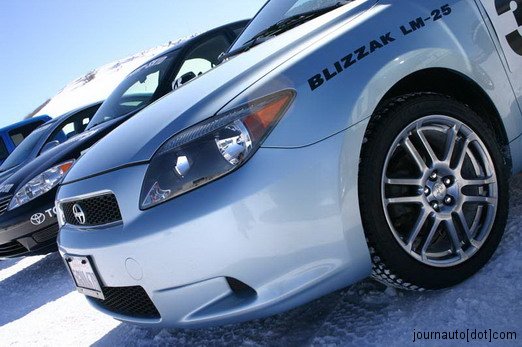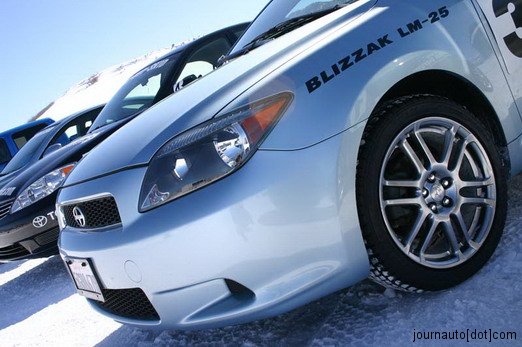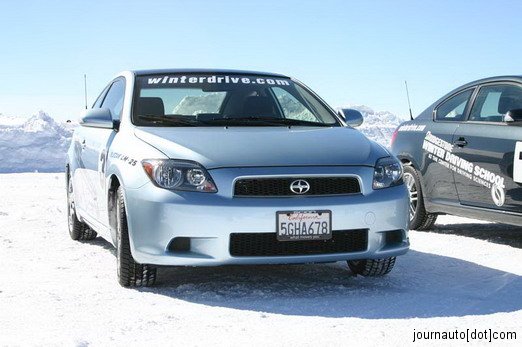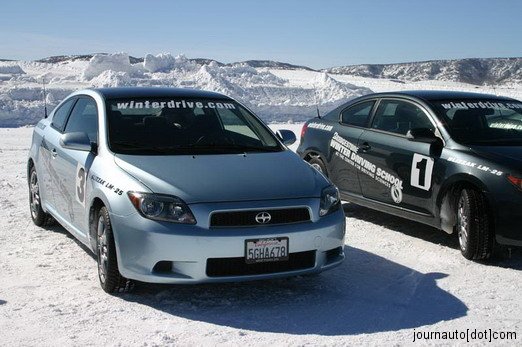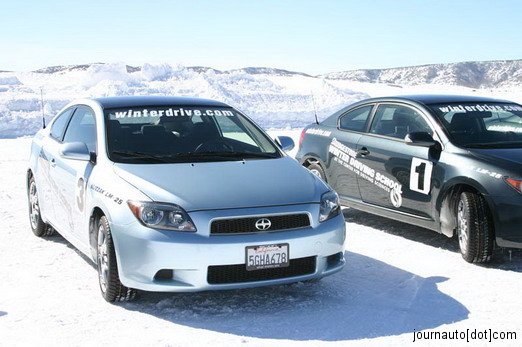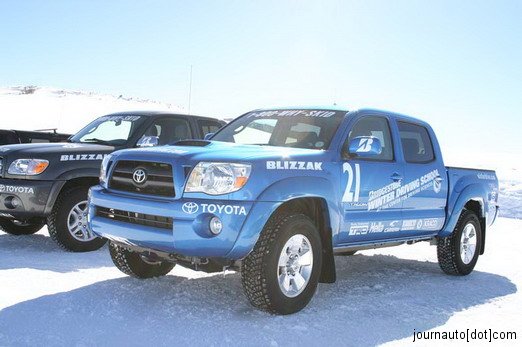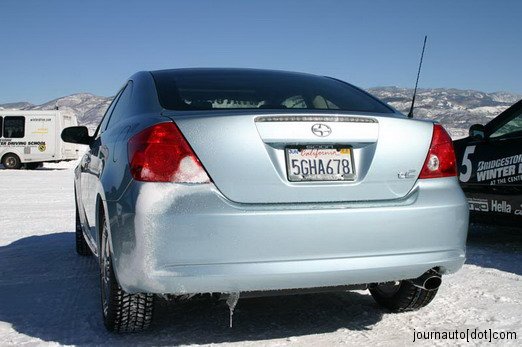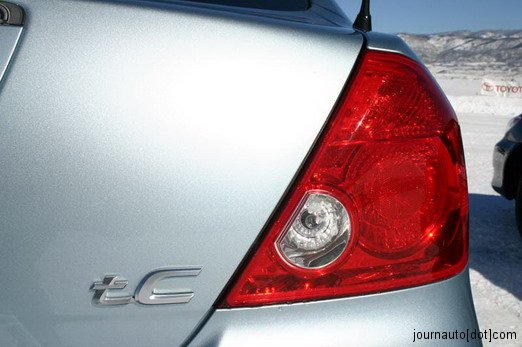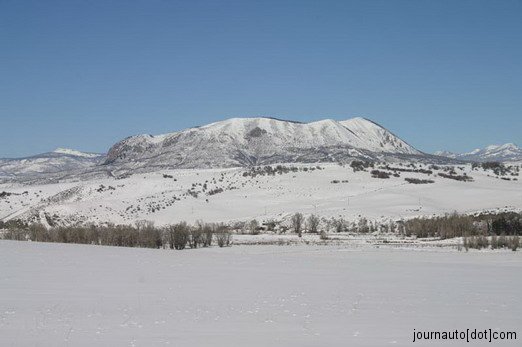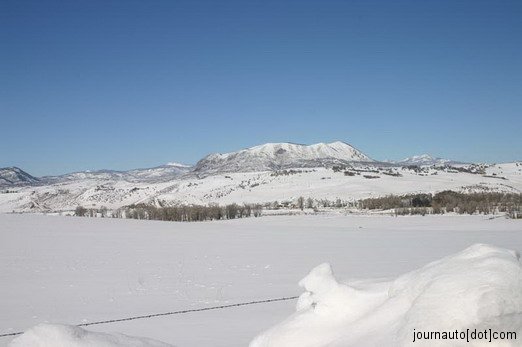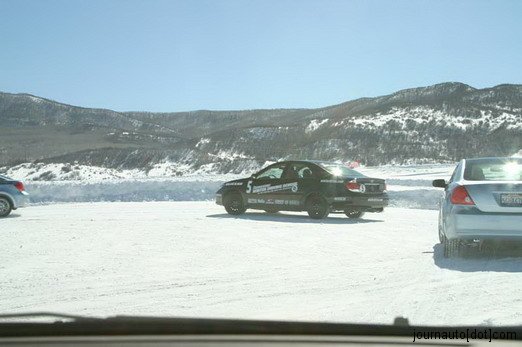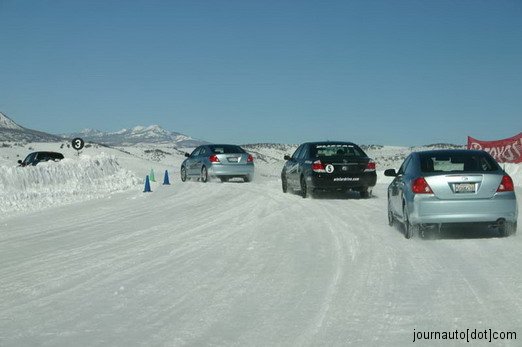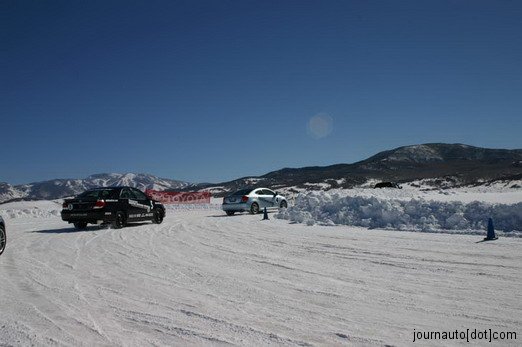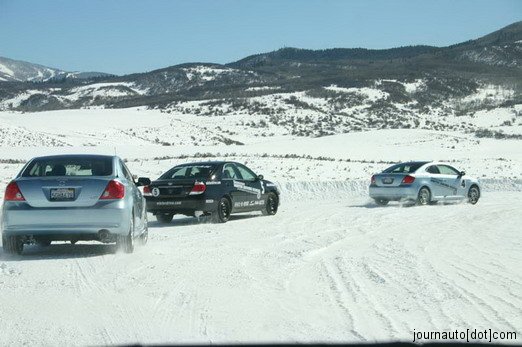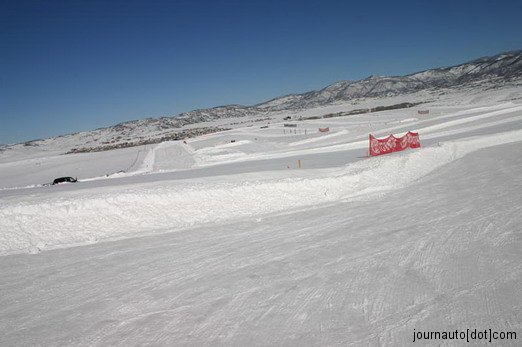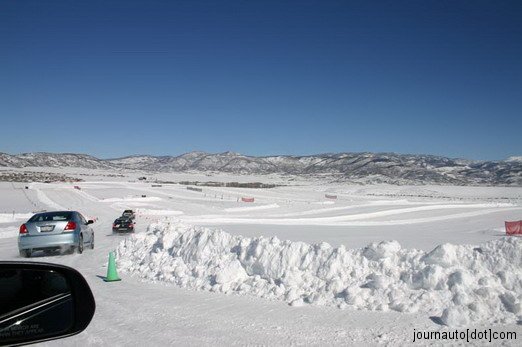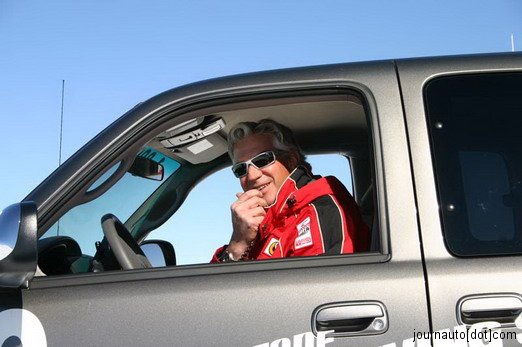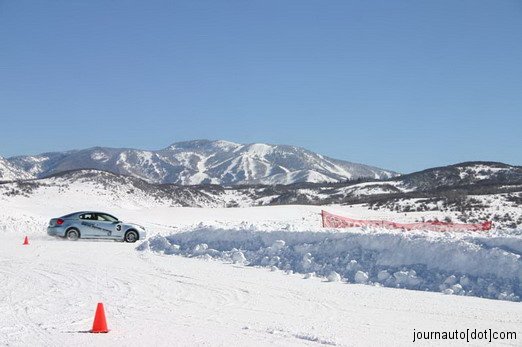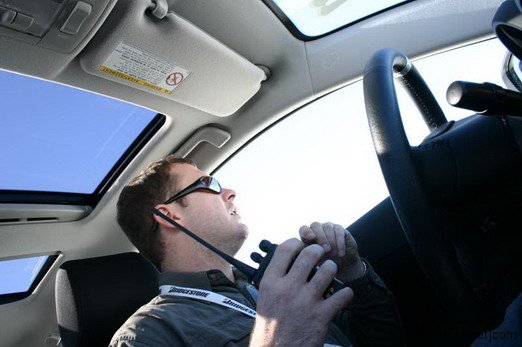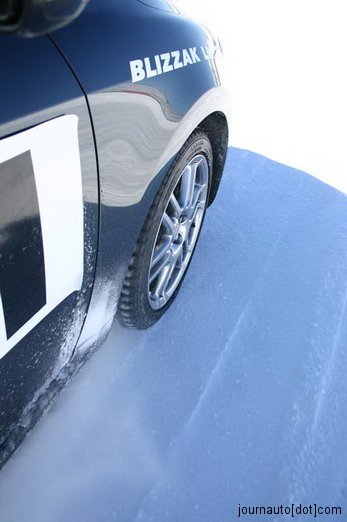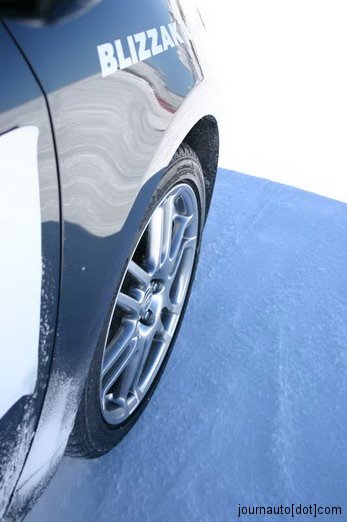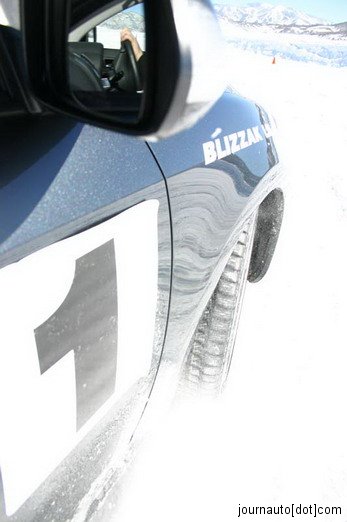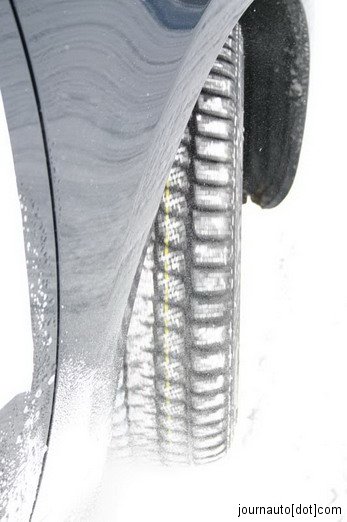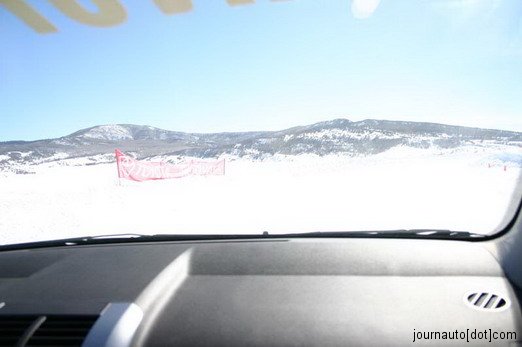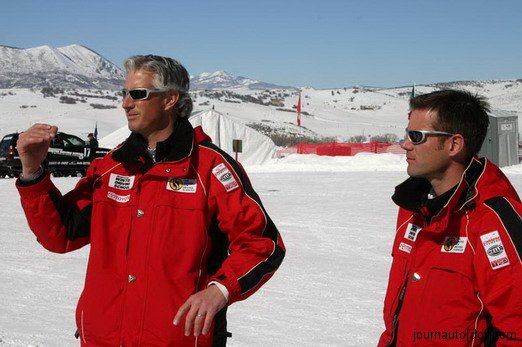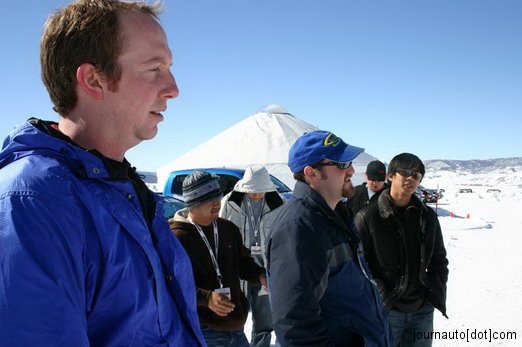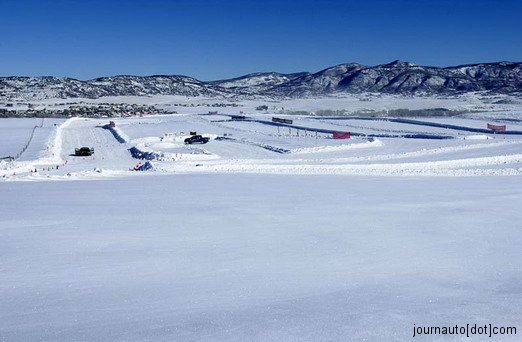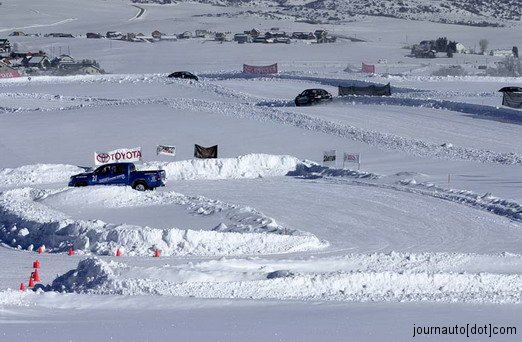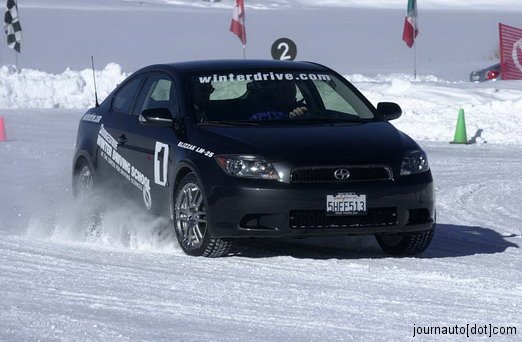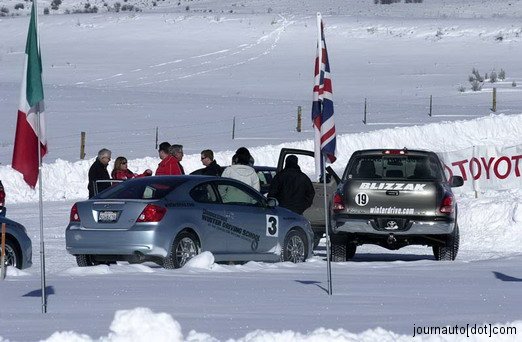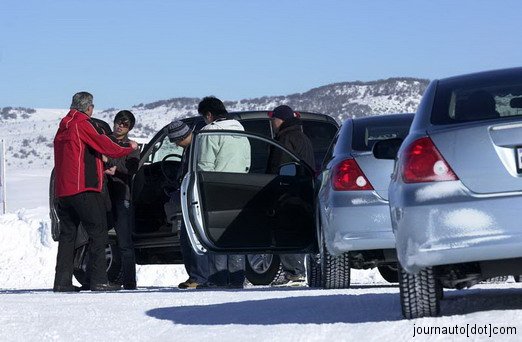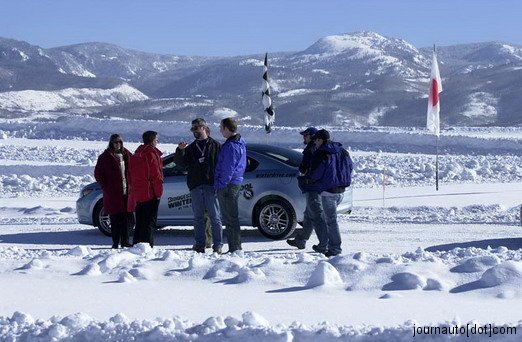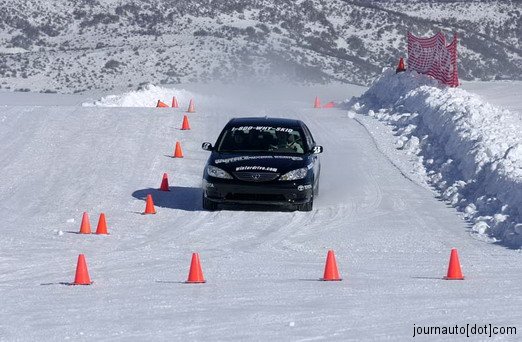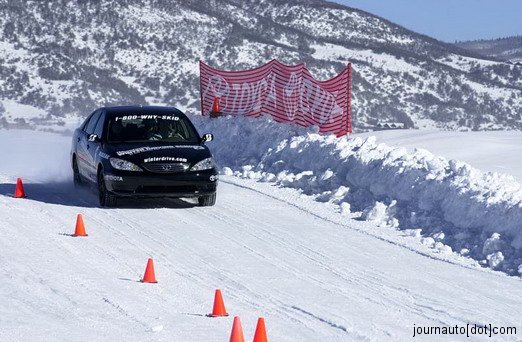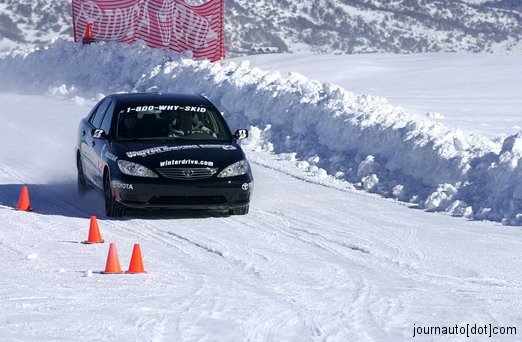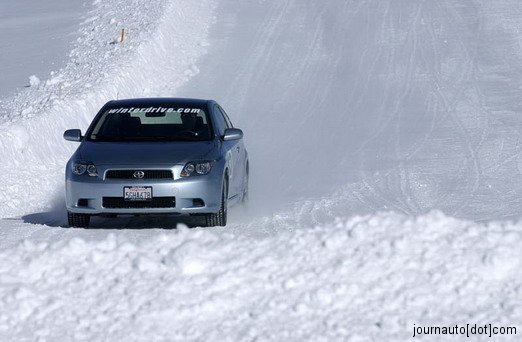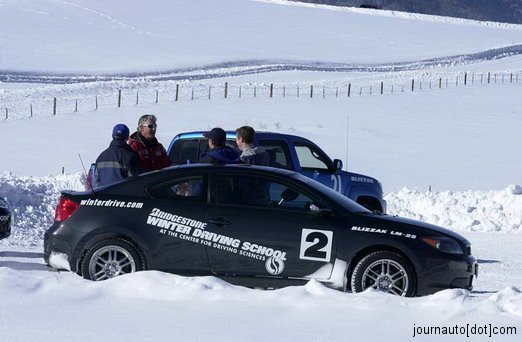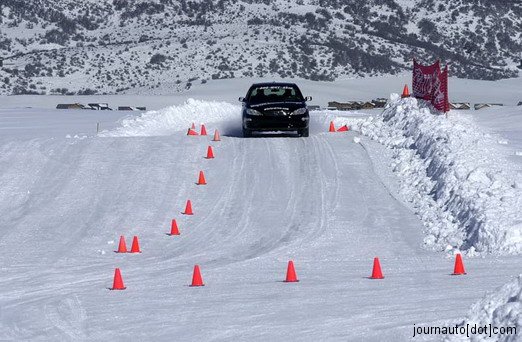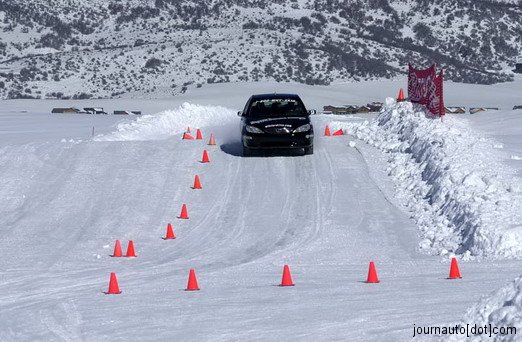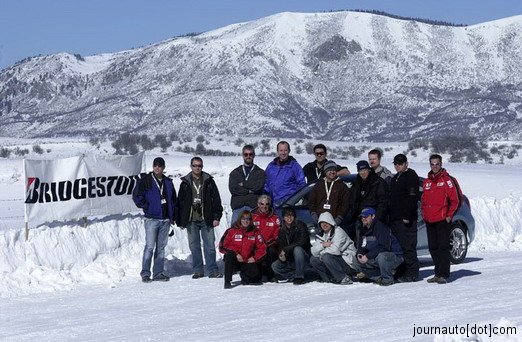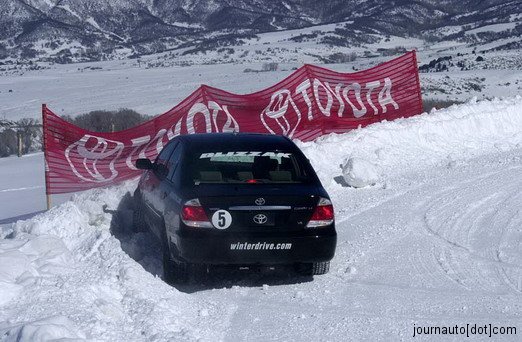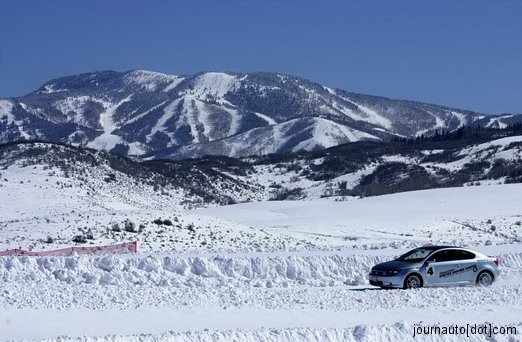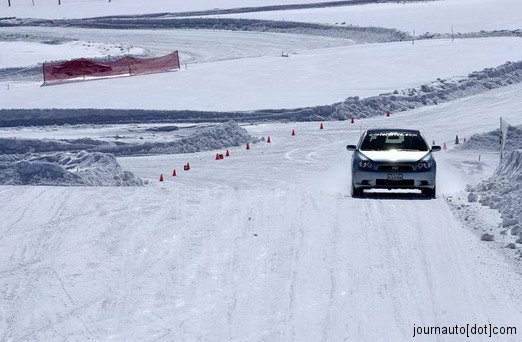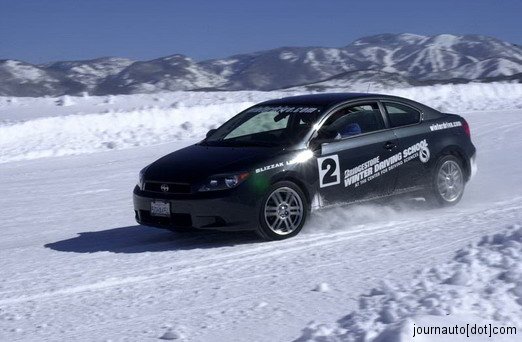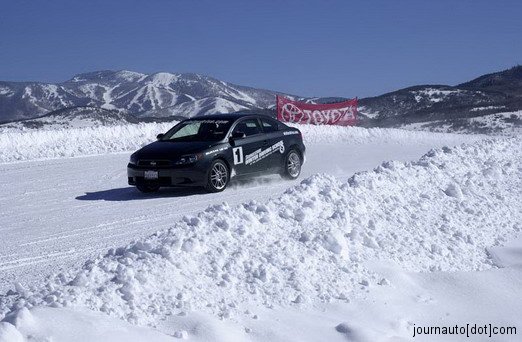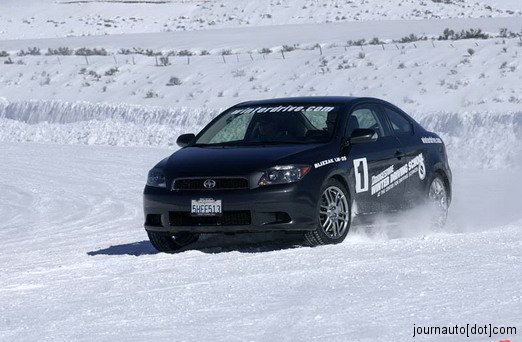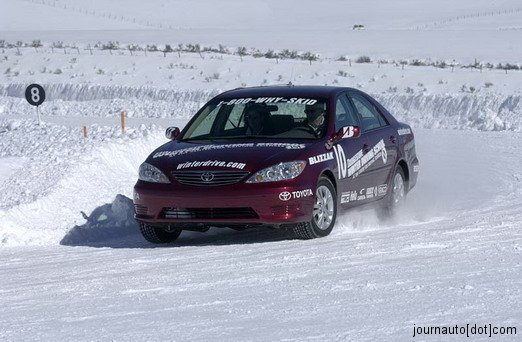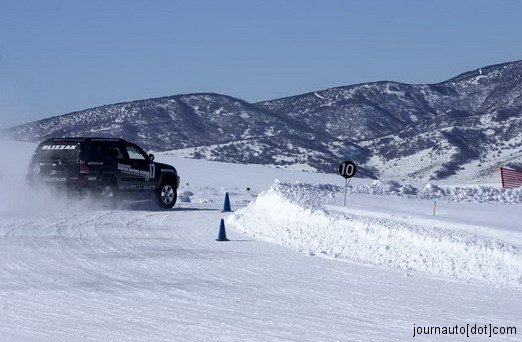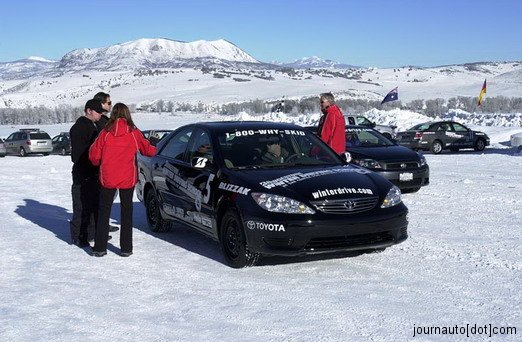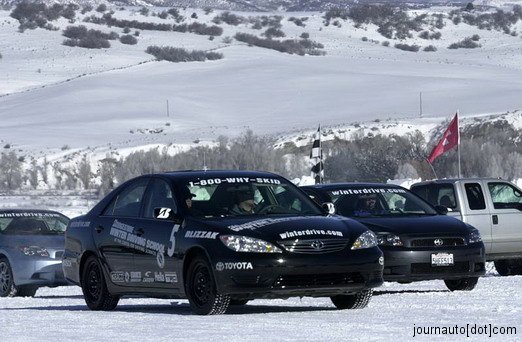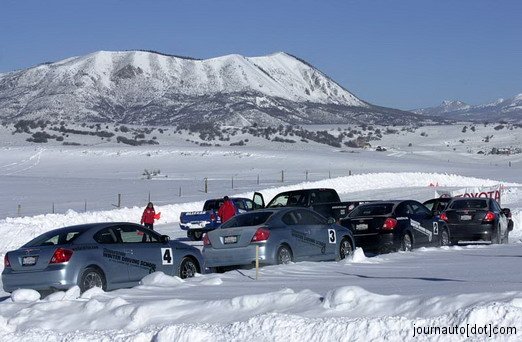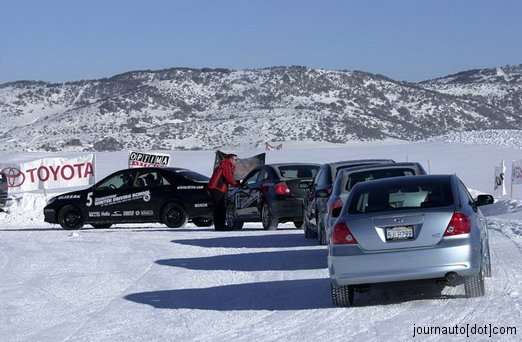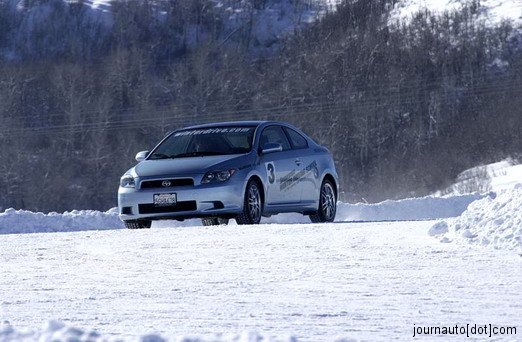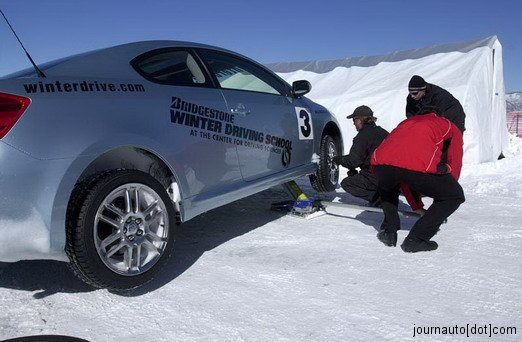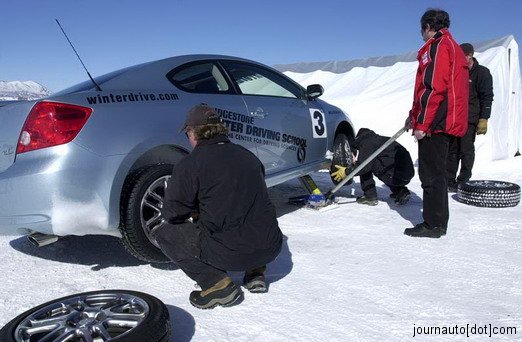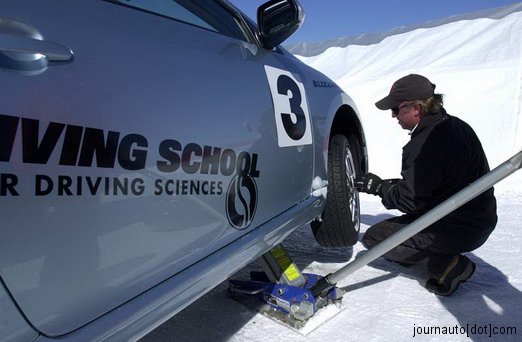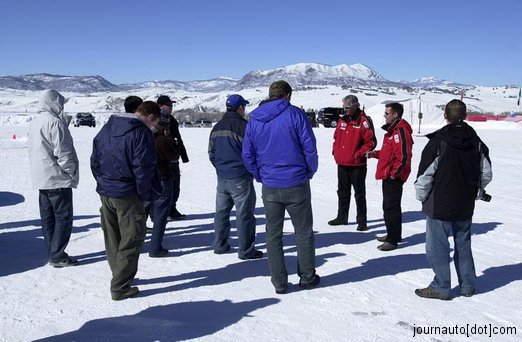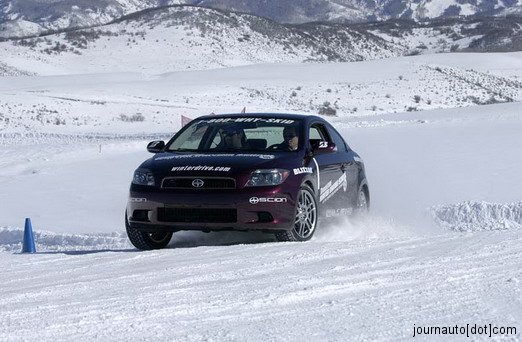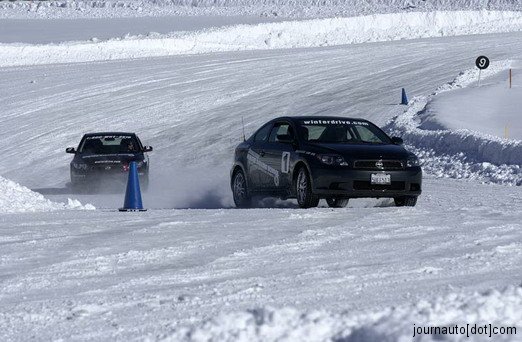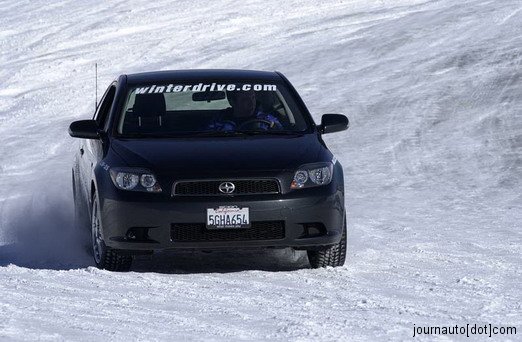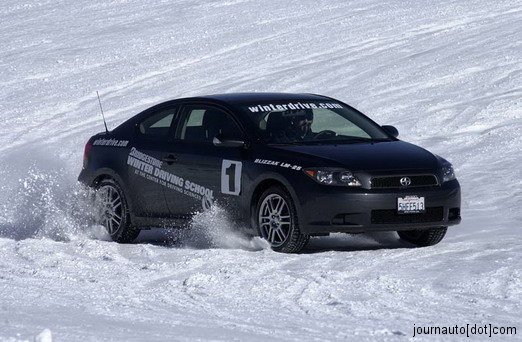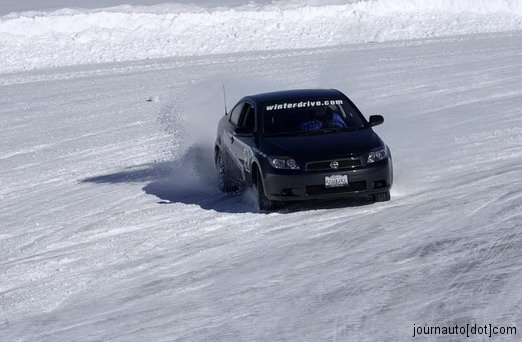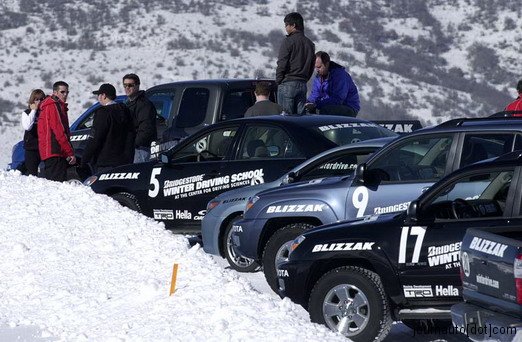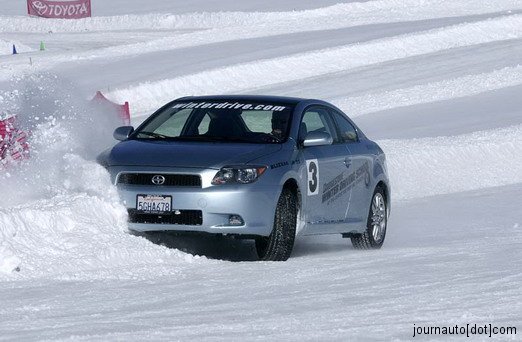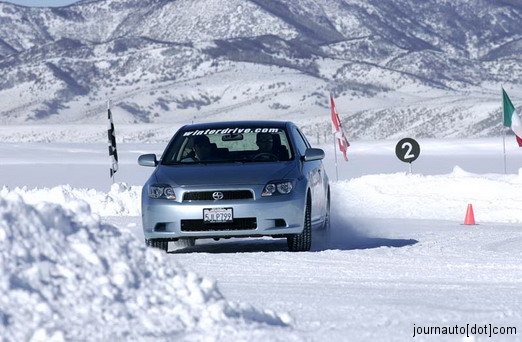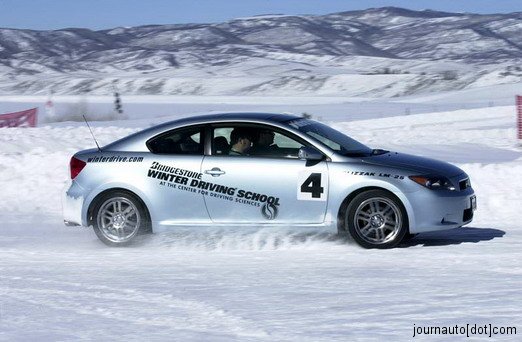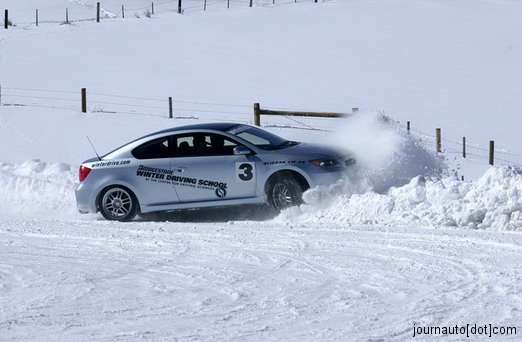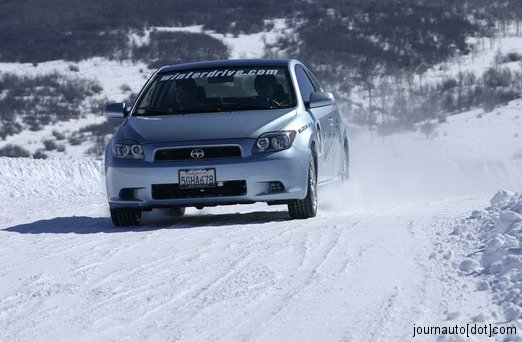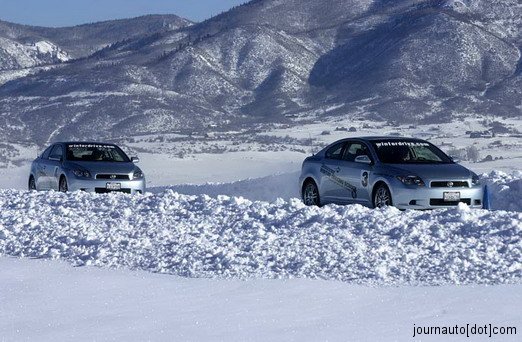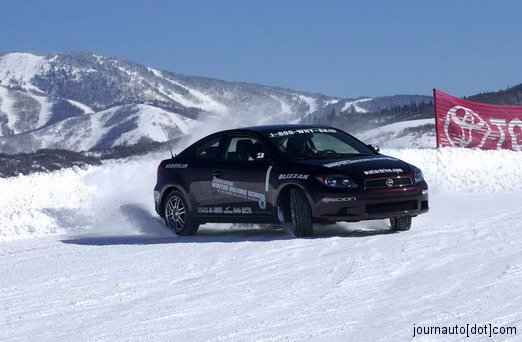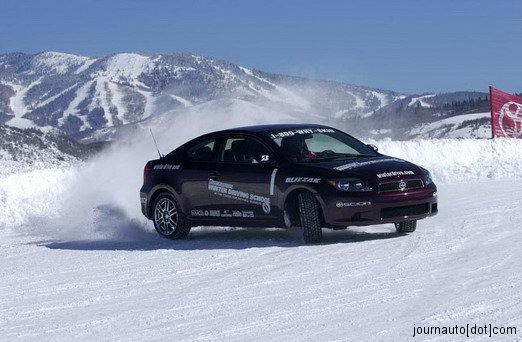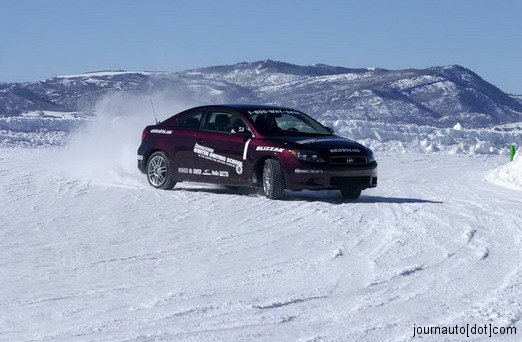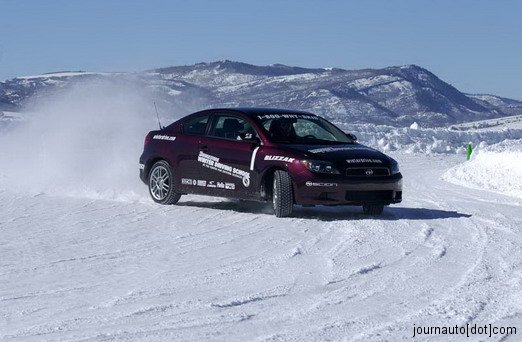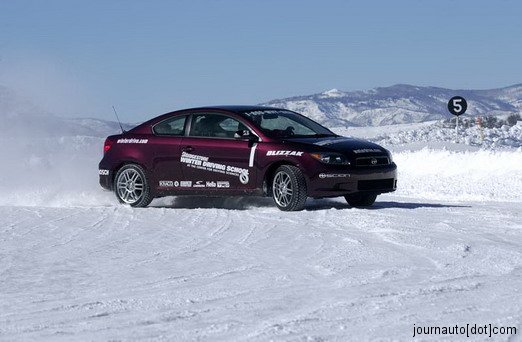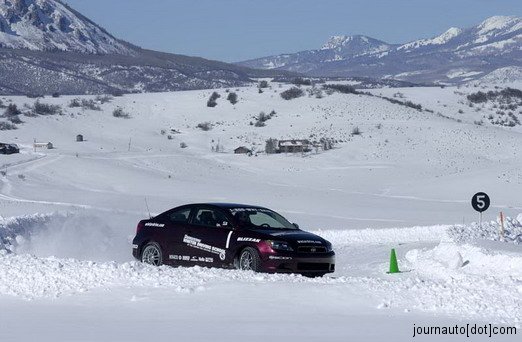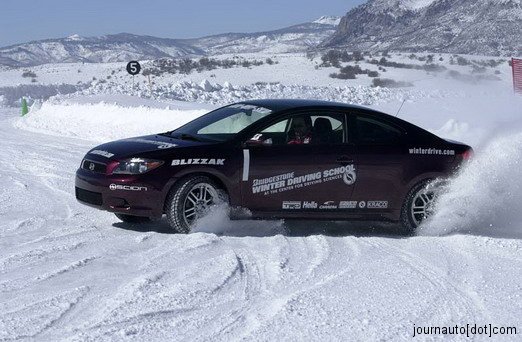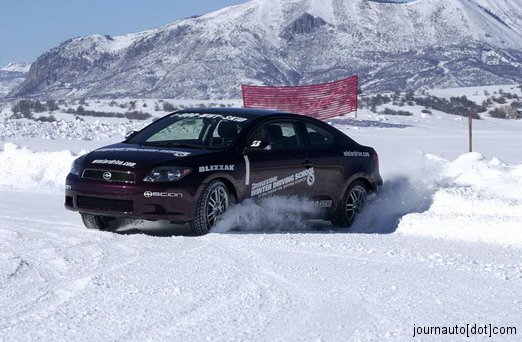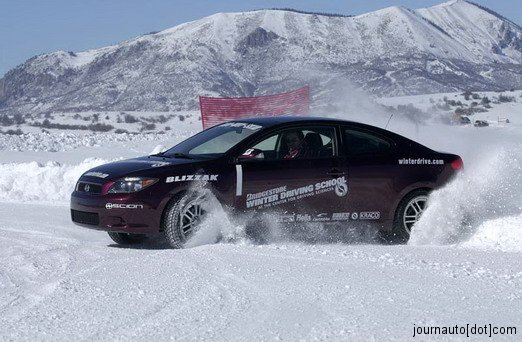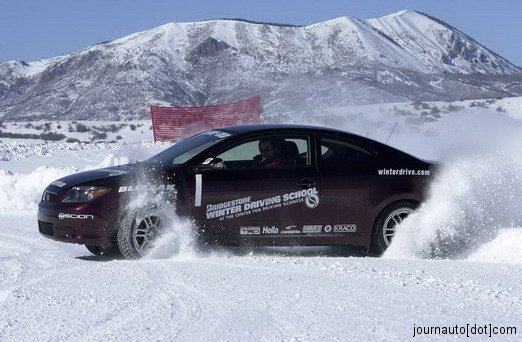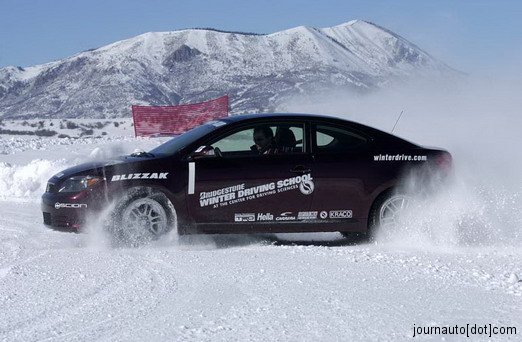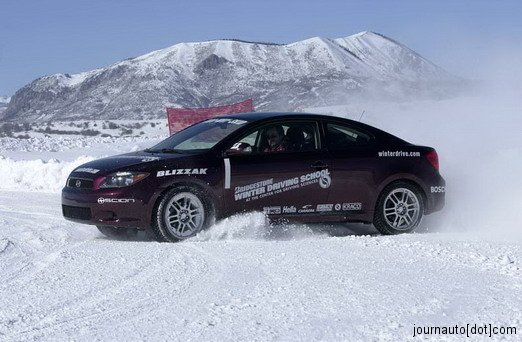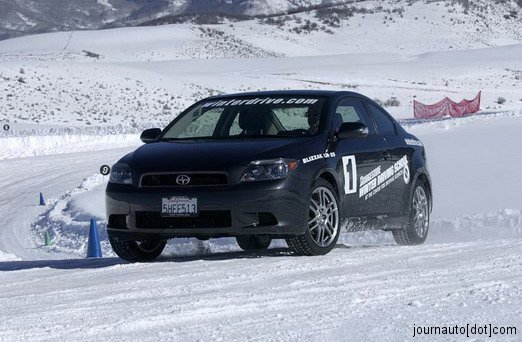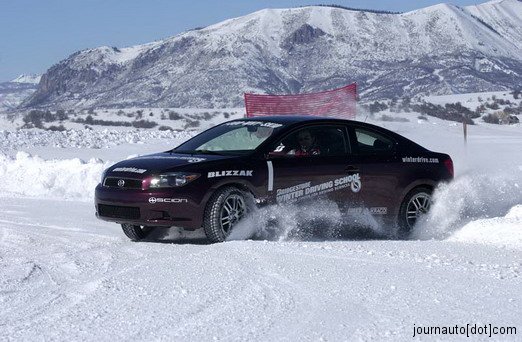I recently returned from a few days of fun and sun in the snow and ice with a dozen other sport comp journalists. Bridgestone had arranged a session at the Bridgestone Winter Driving School in Steamboat Springs, and I wouldn’t have missed it for anything.
Having been around since 1983, the school is a short drive from downtown Steamboat and features three purpose-built snow and ice tracks. Approximately a mile in length, each track is ultra-slippery and coated with more than 500,000 gallons of water to mimic real world conditions.
With uphills, downhills, sweeping turns and high-speed straights, they are essential tools for the school’s coaches to teach students the skills necessary to anticipate challenging situations and respond appropriately.
Our vehicles, provided by Toyota and the school, included four Scion tCs and two Toyota Camrys, each equipped with Bridgestone Blizzak LM-25 performance winter tires.
The LM-25 is a studless H- and V-speed rated performance winter tire designed for driving enthusiasts and high performance vehicles. So, if storing your sports car or modified ride isn’t an option for you, it may be just what you need to get through the winter safely.
Thanks to UNI-T technology, this is a tire that not only delivers excellent traction on snow and ice, but also great wet and dry performance.
Unlike most winter tires, which are Q-speed rated with softer tread compounds and varying degrees of “multi-cell” water displacement technologies, the LM-25 features a harder “Lamellen” tread design with a high silica content and L.L. (long link) carbon that resists wear and makes it flexible for a variety of cold conditions.
In wet and winter conditions, a thin layer of water is always present between the driving surface and the tire. To maximize traction (a.k.a. grip) on these surfaces, it is essential to provide a space for that water to go when driving over it.
To do this, Bridgestone engineers gave the LM-25 a directional tread pattern with rounded shoulders, wide cross slots (the space between the tread blocks), a deep 11/32 tread depth and 3D and zig-zag sipes, all of which help channel water away from the tire effectively to maximize grip.
As the rotating tire contacts the ground, the sipes on the LM-25 expand and allow water to channel away from the contact patch to maintain grip and reduce the chance of hydroplaning. The LM-25’s sipes are also full-depth, which means they go down to 9/32-of-an-inch in many places. It’s worth pointing out that any tire is considered unusable when tread depth reaches 2/32.
After a brief orientation, our bunch was eager to get into the cars and begin putting all this technology to the test. We made a couple of laps around the track before getting into some exercises in braking and avoidance, cornering and skid control.
Being accustomed to driving on snow and ice, I know that getting anywhere in these conditions is a virtual ballet between vehicle dynamics, road conditions, tires and your abilities as a driver. Some of my southern counterparts weren’t as well versed, but after a few meetings with Mr. Snow Bank they quickly got the hang of it.
One of the most common problems winter drivers encounter is understeer (when your front tires slide to the outside of a turn). Our natural reflex is to turn the steering wheel more, but when that doesn’t work we hit the brakes and only compound the problem.
On front- and all-wheel drive vehicles, the proper correction is to lift off the accelerator to transfer weight and grip back to the front wheels. Next, reduce the steering angle slightly (back towards centre) to allow the tires to regain grip more quickly. When you feel grip is restored, steer back smoothly to the original line of travel.
Oversteer (when the rear tires cause the back end to rotate to the outside of a turn) is another common winter woe on rear-wheel drive vehicles. You can recover from this by steering into the direction of the skid (counter steer) and gently applying gas, which transfers weight to the rear wheels thereby regaining traction. But, counter steer too much and you could spin out.
Braking is another important factor when driving in adverse conditions, but maintaining control of your vehicle takes precedent since steering control can give you options when stopping isn’t one of them. Your best bet is to simply slow down and give yourself more time to respond when problems arise.
Most Canadians know all too well that driving on slippery, snow-covered roads can be dangerous and stressful. The key is to equip yourself with the best tools available–some good winter tires and knowledge–in order to be able to anticipate and respond to a bad situation.
Bridgestone’s LM-25 performs admirably on snow and ice, but I like it even better for the way it handles on a stretch of cold, dry pavement. It doesn’t sound like a clunky winter tire either!
A few days after my stint in Colorado, the blizzard-like conditions had returned to my area. And, as I sat and wrote this article from the comfort of my office, a “crunching” sound came from just outside my window. Startled, I looked up and saw that some fellow had just done about $2,500 in damage to the front of his Ford Probe after smacking the curb. I was instantly grateful for my own LM-25s, and the knowledge that got me home safely earlier that day.
